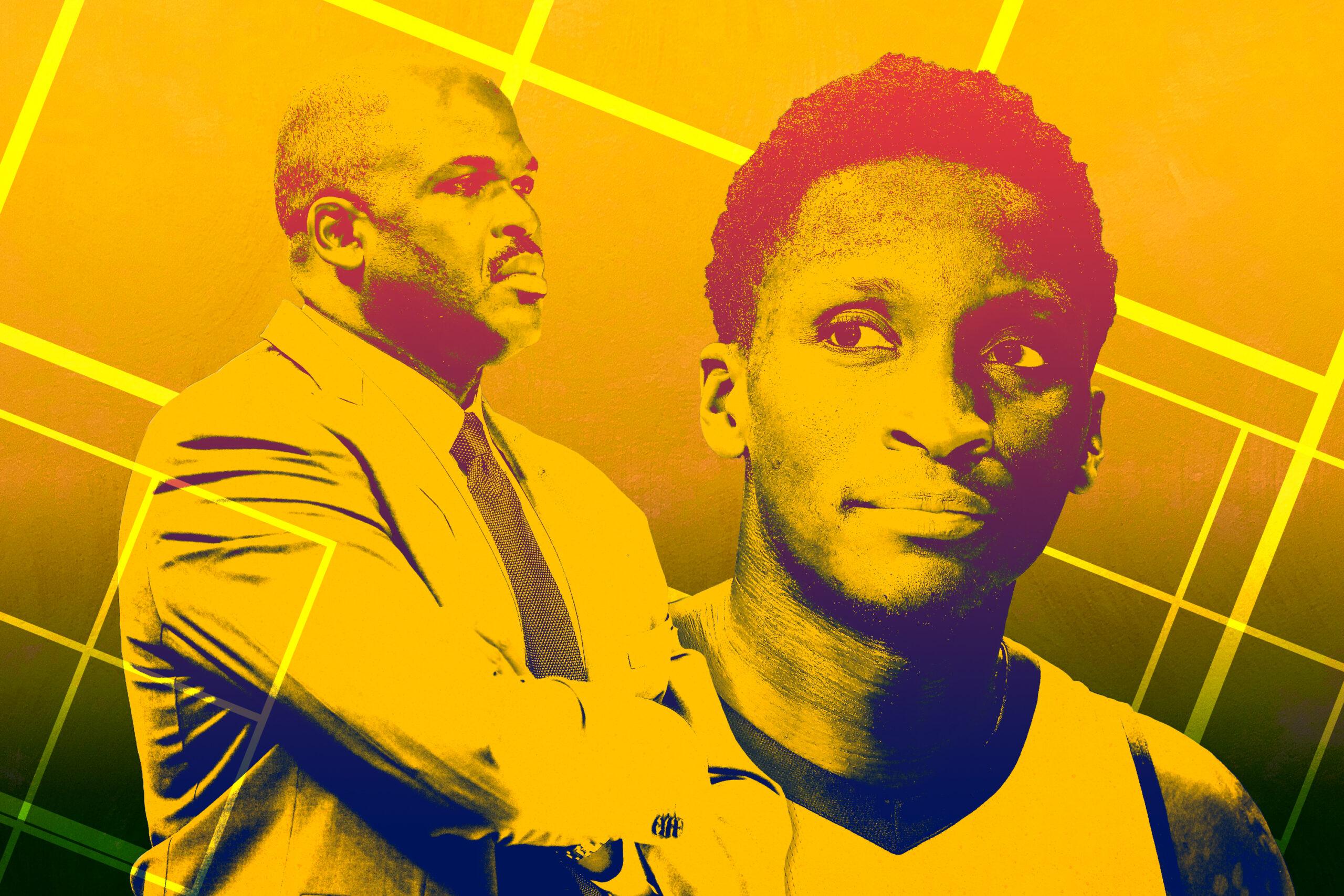
“How many players can you name on the Pacers?” That’s the question ESPN’s Darren Rovell asked his Twitter audience this week. Nearly 25,000 people responded, and almost half said they couldn’t name more than two. The Pacers played only one nationally televised game this season—Paul George’s return to Indiana on December 13, a 100-95 win for the Thunder—so there has been little exposure for the team playing in the NBA’s seventh-smallest market. That’s a shame.
Those who watched the Pacers’ 98-80 Game 1 win over LeBron James and the Cavaliers on Sunday got a glimpse of what this season has been like in Indiana. They’re tough. They expose weaknesses. And they have the potential to be a surprise team of this postseason. But they’re hardly the NBA’s version of Loyola-Chicago. The Pacers are for real.
The Cavaliers aren’t 6 feet under yet, but the Pacers displayed a blueprint for success in Game 1 that can be applied for the rest of their first-round series, which continues in Cleveland on Wednesday night. Here’s what they did, and need to continue to do, to upset the Cavs.
Exploit Kevin Love
The Pacers relentlessly attacked Love’s defense, like most teams did all season. Indiana was lethal right out of the gate against the Cavs’ 29th-ranked defense, exploding to a 20-point first-quarter lead. By the end of the game, Victor Oladipo had gone off for 32 points and four assists, with many of his buckets and dimes coming when Love was defending the screen.
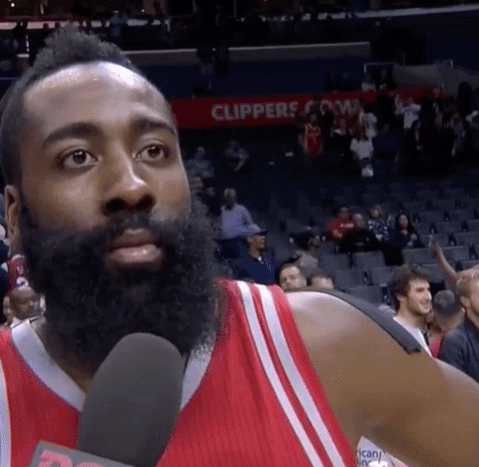
The Cavaliers played an aggressive scheme in which Love (or the screen defender) would hedge or trap the ball handler. The goal was to keep Oladipo out of the paint or take the ball out of his hands entirely. The Cavs’ help defenders even showed hard to further deter Oladipo from penetrating. Love knows where and when to be on the floor; the issue is that his feet can’t always keep up with his brain. As a result, Oladipo was able to zip inside for buckets or fling a pass with the accuracy of a knife-throwing act.
Cavs coach Ty Lue could have Love “drop” in the pick-and-roll, a technique used to invite midrange jumpers. But when Love wasn’t hedging late in the game, Oladipo still had no issues blowing by him. The Cavs could also switch more screens, but it’d have to be a selective process. They can’t have Love switch onto Oladipo, or he’ll get cooked. But even if LeBron or Jeff Green is guarding Oladipo, he can still score buckets from all over the floor. He’s been a killer from 3 all season long. He’s hit five game-tying, go-ahead, or game-winning shots in the final two minutes of the fourth quarter and in overtime. He’s clutch because he’s so potent (35.4 percent for the regular season, to be exact) pulling up for 3s. Oladipo is streaky, but the highs are high, and right now he’s soaring.
If Love comes across a golden mushroom that gives him a burst of speed and the Cavs manage to contain Oladipo, the onus will be on the screeners—Domantas Sabonis and Myles Turner—to make the right reads, whether it’s attacking the basket or kicking the ball out to a shooter on the roll.
Both Sabonis and Turner are quality screeners. Sabonis is especially intriguing because he’s so light on his feet and active, and seemingly always on the move as a dive man and cutter. Watching Sabonis sneak around the floor is a joy. He’s capable of making good passes out of the post or the short roll. Here’s a pass he’ll need to keep making against the Cavaliers:
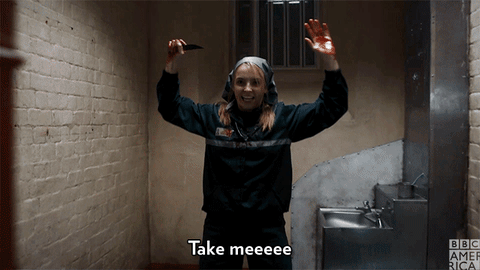
The Pacers don’t unload a lot of 3s, but they’re not lacking for shooters. Bojan Bogdanovic, who hit the 3 above, and Darren Collison both sank over 40 percent of their 3s in the regular season—with Collison leading the league at 46.8 percent—and the team as a whole ranked ninth in the NBA in 3-point percentage. The Cavs naturally feel inclined to force the ball away from Oladipo, but Indiana has other weapons.
Bojan, the LeBron Stopper?
Bogdanovic had some frustrating lows this season, but he’s a vital floor spacer, off-screen scoring menace, and mismatch beater.
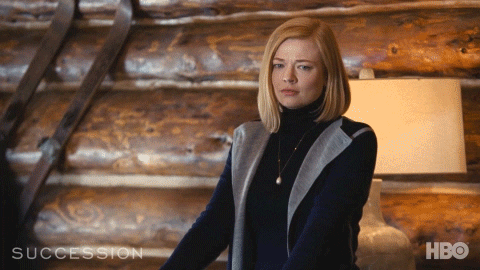
Bogdanovic, who scored 14.3 points per game this season, isn’t the quickest player, but he’s capable of putting the ball on the floor, especially against slow defenders like Love. If the Cavaliers try “hiding” Love on defense by putting him on one of Indiana’s forwards—Bogdanovic, Thaddeus Young, or Trevor Booker—any of them could still screen for their ball handlers, Oladipo or Collison. It’s not easy to hide a weak link in today’s league, which is why Love’s name has constantly appeared in rumors during his Cavs tenure.
The bigger problem for Cleveland is that LeBron wasn’t able to create a similar advantage with Bogdanovic guarding him. The Pacers wing was James’s primary defender in Game 1, yet the King scored only nine points during the 48 possessions for which Bogdanovic was his defender. It’s unforgivable. Bogdanovic plays hard and is usually in the right position, but there’s no reason why he should be able to contain LeBron. The Cavaliers need to make him pay.
While many defenses switch on-ball screens, the Pacers play a less contemporary style by having the on-ball defender fight over the screen, then recover. The approach was far more common three years ago, but it makes sense for Indiana based on its personnel. The Pacers don’t have super-switchy players on the roster. Turner is a great shot blocker, but he’d be lost on an island against a perimeter player, and Sabonis is also at his best around the rim. Neither of their point guards—Collison and Cory Joseph—have the necessary length or heft to defend much larger players. Indy smartly plays to its strengths.
But the Cavaliers did give the Pacers some trouble by screening with guards. Here, Jordan Clarkson sets one of two double-high screens and rolls to the rim. Indiana looks out of sorts.
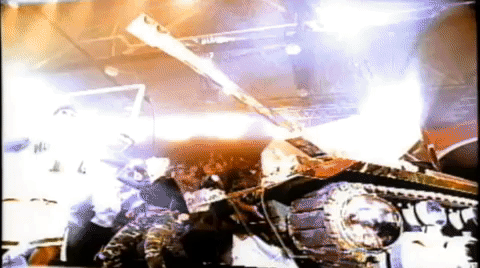
Later, J.R. Smith slips a screen, and neither Bogdanovic nor Joseph is in position to stop James from penetrating. Indiana packed the paint all game to prevent dunks and layups, but it still led to an open Rodney Hood 3.
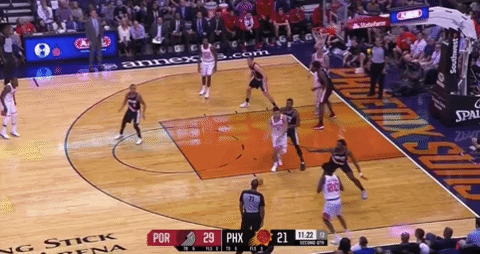
The Cavaliers ran this same exact play with Lance Stephenson as the primary defender, and it was equally effective, as LeBron drew a foul on the play.
Quick aside: You have to credit Oladipo for the heavy closeout this late in the game. He routinely matches up against the opponent’s best player and possesses both the lateral quickness to stay in front of speedier players and the strength to battle against larger ones. Athleticism means only so much without effort, and Oladipo sets the tone as Indiana’s alpha.
Going forward, Young could be a huge part of any adjustments the Pacers make; the veteran forward didn’t defend LeBron for a single possession in Game 1. But during the regular season, he was tasked with containing Giannis Antetokounmpo, and he played a significant role against Ben Simmons and LeBron. The Pacers could try putting Young on LeBron from the opening tip to throw a new challenge at the Cavs, rather than save it as a counter to a counter. Teams need to be one step ahead in the playoffs, which is why coaching can be such a significant factor in team success.
Push the (Transition) Pace
Cleveland’s defense held the Pacers to 98 points (or a 105.4 offensive rating) and did a fairly nice job executing against everyone besides Oladipo. That could bode well for it moving forward if it takes better care of the ball and starts scoring more baskets, which also prevents transition offense.
The Pacers played at the league’s seventh-slowest pace, but that’s misleading since they ranked ninth in transition scoring frequency, according to Synergy Sports. Indiana fuels its offense with fast breaks caused by turnovers; it scored 1.3 points per possession after turnovers, per Inpredictable.com, and had the league’s fifth-best turnover rate. But limiting Oladipo’s barreling drives also limits the Pacers offense. The team ranked 16th in half-court scoring efficiency this season, per Synergy.
Part of the reason for the Pacers’ dip in efficiency is their habit of taking a lot of midrange shots; they attempted them at the league’s sixth-highest frequency, per Cleaning the Glass. And though they shoot them at 42.6 percent—which is elite for that spot of the floor—that’s the scoring equivalent of just 28.4 percent from 3. They also draw fouls on only 9 percent of half-court possessions, third worst in the league. The Cavs would be happy with those results.
But the Pacers have found a way to win all season. Whether it’s Collison’s passing prowess (he led the NBA in assist-turnover ratio—seriously), or Stephenson’s occasional miracle isolation baskets, or Sabonis cutting for a poster slam, the Pacers have managed to take advantage of holes and counterpunch against any adjustments opponents make. Oladipo was one of the NBA’s 15 best players this season, and the Pacers have a chance to win when he’s on the floor. The same can be said for LeBron and the Cavs. But given all of the flaws elsewhere on the Cavs roster, is having LeBron just not enough?
